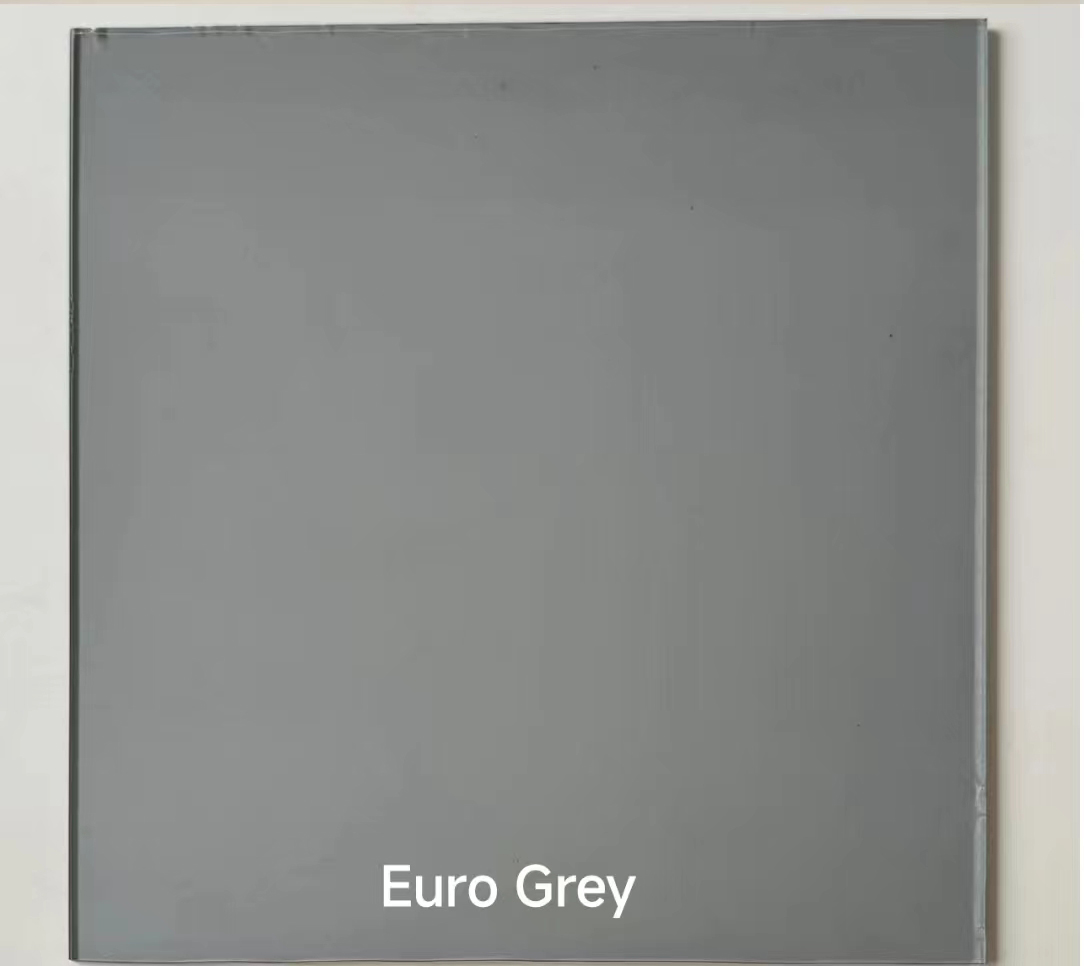

The Importance of IGUs in Modern Architecture
In today's rapidly evolving architectural landscape, the integration of energy-efficient materials has become a priority for builders and architects alike. One such innovation that has garnered significant attention is the Insulated Glass Unit (IGU). This technology not only enhances the aesthetic appeal of buildings but also plays a vital role in energy conservation and climate control.
An IGU typically consists of two or more panes of glass separated by a spacer and sealed around the edges to create an airtight chamber. This design allows the unit to trap inert gas—usually argon or krypton—between the panes, which significantly improves thermal insulation properties. The use of IGUs can greatly reduce heat transfer, rendering buildings more energy-efficient. In regions experiencing extreme temperatures, this translates into lower heating and cooling costs for building owners.
Energy codes and regulations have increasingly necessitated the incorporation of insulated glass in construction projects. Many countries have initiated standards that promote energy efficiency, compelling builders to adopt IGUs as standard practice. The result has been a marked increase in the use of these units in both residential and commercial builds. As communities strive for greener solutions, IGUs stand out as an accessible option that meets both aesthetic and environmental criteria.

Beyond energy savings, IGUs also play a role in noise reduction. The airspace between the glass panes acts as a buffer that limits noise infiltration from the outside. This is particularly beneficial for buildings located in urban areas where noise pollution can be a significant concern. The acoustic insulation properties of IGUs help create a more serene environment, contributing to the well-being of residents and workers.
Another compelling feature of IGUs is their versatility in design. Available in various configurations, including double and triple glazing, they can meet diverse architectural demands. From residential homes to commercial complexes, IGUs can be tailored to fit specific stylistic and functional requirements, allowing architects the freedom to create visually stunning buildings without sacrificing performance.
However, it is essential to note that the effectiveness of an IGU depends on quality manufacturing and proper installation. Selecting the right materials and ensuring airtight seals are crucial components that influence performance. Builders must work with reputable suppliers and prioritize installation standards to maximize the benefits of insulated glass units.
In conclusion, Insulated Glass Units represent a pivotal advancement in modern architecture, offering a multitude of benefits including improved energy efficiency, enhanced comfort, noise reduction, and design flexibility. As builders and architects continue to focus on sustainability, the use of IGUs will likely become more prevalent in creating functional, beautiful spaces that positively impact both the environment and the quality of life for inhabitants. The future of architecture is undeniably brighter with the continued innovation and integration of IGUs in building design.